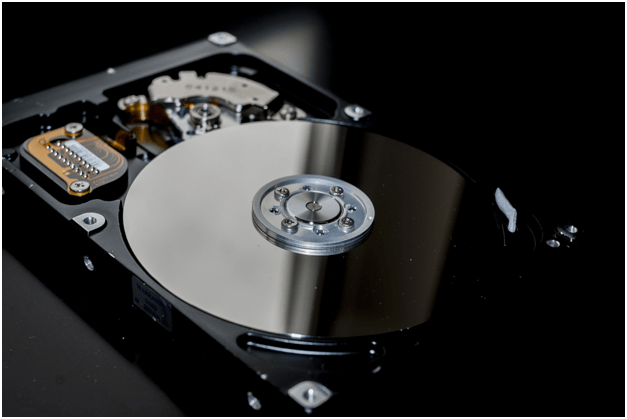
Are you trying to boost the performance of your Macbook? The computer might have performed great at first, but despite their durability, even Macs will start to feel sluggish after a while.
Some people think that the best
option is to purchase a new Macbook. While you can do that, there is no need to
spend that much money. You can boost the performance of your current model
without spending any money. Follow these steps mentioned in the article, and you will notice the
difference in no time.
Step #1 – Find Resource-Hungry Applications
Activity Monitor is a great tool that will allow you to assess which of the applications are consuming the most resources.
You can sort the processes by CPU and memory usage. The ones at the top of the list require the most attention. There will be applications you cannot remove because they are integral to the system.
However, the ones that are idly
running in the background can be shut off and used only when you need them. At
the same time, you can look to do some replacing. For instance, if a web
browser or anti-malware is consuming too much memory, try using some
alternatives that are not consuming as many resources.
Step #2 – Clean Junk Files
Caches, temporary backups, and app plugins can be considered junk files and should be removed from the computer now and then. You can use cleanup software for the task, but there is also an option to work manually.
The difference between the two
options is that manually removing junk files requires tinkering with the system
and creating backups if you accidentally remove an important file. Meanwhile,
cleanup software does the work automatically. It is up to you to decide which
of the two options is better.
Step #3 – Free up Disk Space

Lack of disk space is quite common among people who switch to Macbooks from another type of computer. You will find that it takes time to get used to the change, but it does not mean you cannot take a more proactive approach.
Consider removing old applications
as those can be downloaded and installed in case you need to use them.
Transferring data to Dropbox, iCloud, and external storage devices you own will
also help. Finally, you can subscribe to more streaming platforms to eliminate the need for keeping large media files on
the computer.
Step #4 – Turn off Visual Effects
Visual effects are not for pragmatic people. Disable effects for the Mail app when you receive and send emails. Also, go to the Dock and untick the boxes from both "Automatically hide and show the Dock" as well as "Animate opening applications."
Step #5 – Manage Startup Items
Regularly restarting the computer will prevent memory leaks. However, some people are not that keen to restart their Macbook because loading takes a long time. It happens because of all the startup applications.
You should trim that list as the applications can be launched when you actually need to use them. Go to System Preferences and click on Users & Groups. Log in to your profile and select the Login Items tab.
Untick the boxes from applications
on that list and save the changes. Restart the computer, and you will notice
the difference immediately.
Step #6 – Scan for Malware and Viruses

It is possible that malware or viruses are the ones behind the sluggish performance of your computer. You need to secure the system by having a reliable anti-malware tool. Scan the computer and remove any cybersecurity threats if the anti-virus finds them.
You can further improve the
computer's security by avoiding shady websites and even using virtual private
networks. Also, be sure to have anti-virus running in the background at all
times.
Step #7 – Declutter Desktop
Every icon you have on the desktop is a resource consumer. When you switch between the desktop and another window, icons are rendered. Some people have this habit of cluttering their desktop because it is convenient.
The reality is that you need to
transfer files away from the desktop and have them in another location of the
computer. Ideally, the desktop should be free of any icons.
Step #8 – Optimize Internet Browser

There are instances when the internet browser is causing the most problems. It usually comes down to whether it is optimized or not.
A lot of users do not bother with clearing caches. On top of that, they install multiple extensions that consume valuable memory and keep multiple tabs open at the same time.
Be more conservative when using the
browser and optimize it so that it does not hinder the overall performance of
the Macbook.
Step #9 – Update the System
Update the system or applications whenever there is a new version out. Each update introduces improvements to performance, security, and adds new features.
So these are some easy ways you can implement to boost your Macbook's performance and use it again to full potentials. Follow these steps regularly to keep your Macbook perform smoothly. Let us know if you have more ways in the comments section.












0 Comments